Over the past month, Volvo has been drip-feeding information regarding its forthcoming electric flagship, the EX90, which will be revealed on November 9. A replacement for the XC90 seven-seater SUV, it’s supposed to usher in a new era of electrification for the Gothenburg-based company in a way the C40 and XC40 Recharge haven’t.
We still don’t know what the fully-finished EX90 will look like—although we do have a pretty good idea, thanks to the Concept Recharge from last year and several patent images of the real deal—nor any technical details. We don’t know how much power or torque it will make, nor the size of the battery, nor its range.
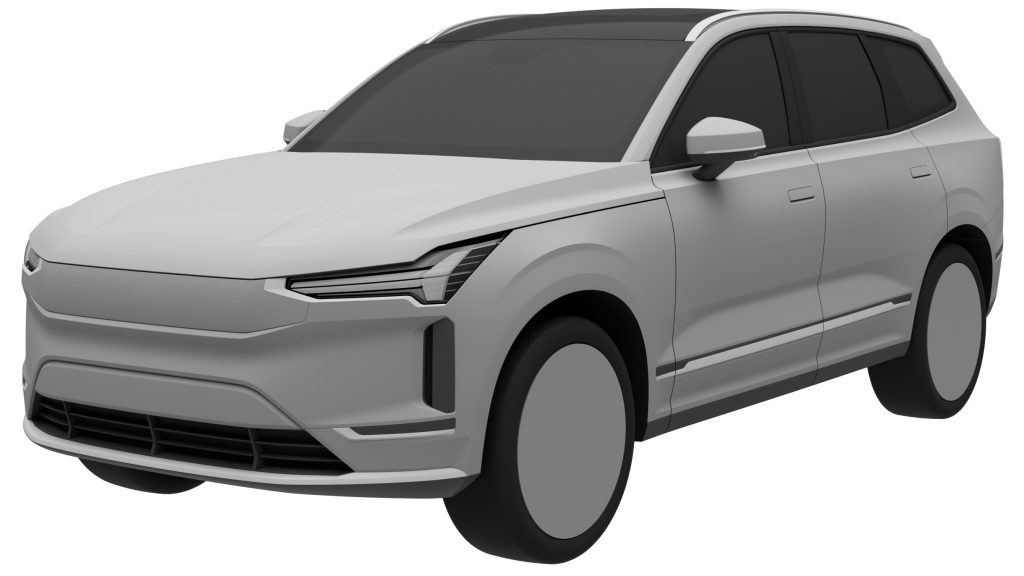
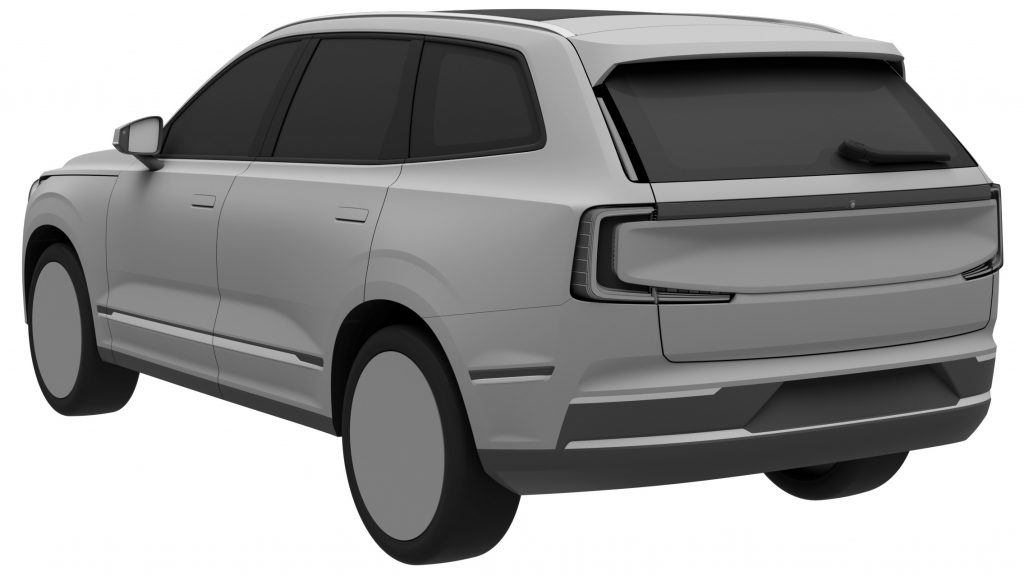
What we do know is that the car will be offered with bi-directional charging (similar to the Hyundai Ioniq 5‘s vehicle-to-load function, or V2L), which will be able to power other electric devices and even your entire house, such as during peak hours when electricity tariffs are at their more expensive.
We also know that Volvo will ditch real leather in favour of a new Nordico material made from recycled PET bottles, along with sustainable backlit wood panels certified by the Forest Stewardship Council (FSC) and optional wool upholstery. Most recently, the company revealed the EX90’s minimalist interior, which features a massive portrait touchscreen and a slim instrument display. These run a minimalist interface that is promised to provide clear and concise information and minimise distraction.
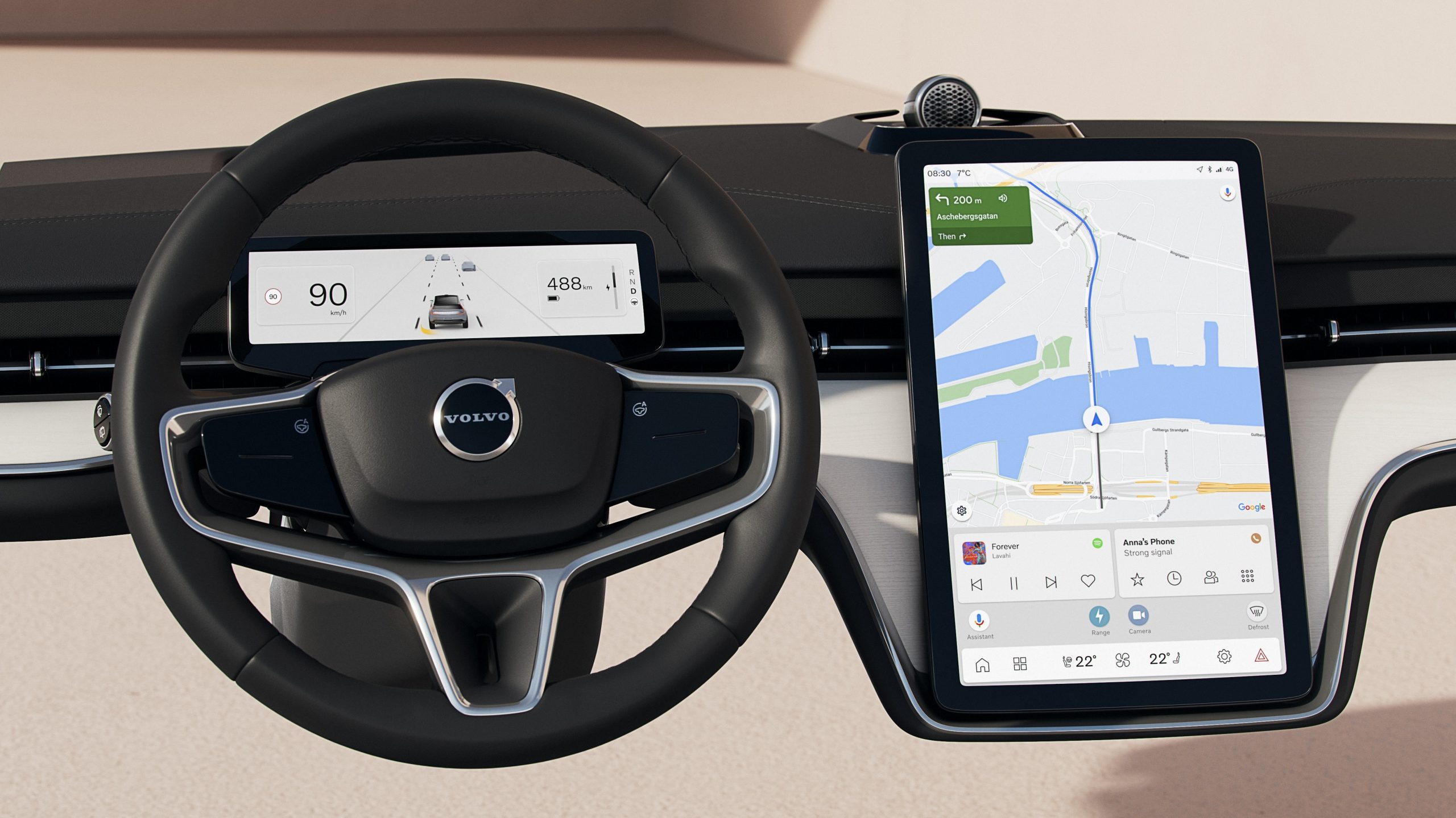
Buried in almost every press release, however, is a small but significant proclamation: “The Volvo EX90 will be hardware-ready for unsupervised autonomous driving, meaning that in the future the car can ultimately be able to drive for you.” Volvo seems to be taking an leaf out of Tesla’s book—the latter sells a Full Self Driving Capability package that doesn’t actually drive the car by itself.
Tesla’s approach has been met with strong opposition from vehicle safety groups and regulators, so why is Volvo—a company renown for its safety-first philosophy—going down the same route? Let’s take a closer look.
The hardware behind the claim
A growing number of new vehicles come with at least a forward-facing camera to see the world, providing basic driver assistance features like autonomous emergency braking and lane keeping assist. In some cars, this is augmented with a front radar to offer adaptive cruise control; similar sensors on the rear corners give you blind spot monitoring. The EX90, on the other hand, adds a standard-fit lidar sensor at the top of the windscreen, joining the eight cameras, five radar sensors and 16 ultrasonic sensors.
You already have lidar sensors on Pro models of the iPhone and iPad, which use lasers to scan a room and deliver better augmented reality experiences. In the Volvo, however, the lidar sensor provide a detailed view of the road ahead, detecting pedestrians up to 250 metres ahead and objects as small as a tyre 120 metres ahead. All this while at highway speeds and weather day or night; the company claims this could result in a nine per cent accident reduction and a 20% reduction in serious crashes.
But the EX90 doesn’t just scan the road ahead—it will also feature a driver monitoring system, using two cameras pointed right at your face to determine if you’re distracted, tired or intoxicated. If it detects that you’re not paying attention to the road ahead, it will try and alert you with warnings that get progressively more aggressive, and if all else fails, it will pull over to the side of the road and turn on the hazards.
Another safety feature—one that’s not related to autonomous driving—is the addition of a radar sensor on the inside of the car, claimed by Volvo to be a world first. This system is meant to prevent children or pets from being forgotten in cars; US government data shows that since 1998, more than 900 children have died after being left in hot cars.
Typically, cars with rear seat reminders will try and guess if an occupant is in a rear seat by detecting whether a rear door has been opened or whether a rear seat belt has been fastened. Volvo’s system, however, is precise enough to be able to detect the sub-millimetre movements of a sleeping toddler. If there is a person or animal has been left behind, the EX90 will prevent itself from being locked and turn on the air-conditioning—as long as there is enough charge left in the battery.
How Volvo’s approach differs from Tesla’s
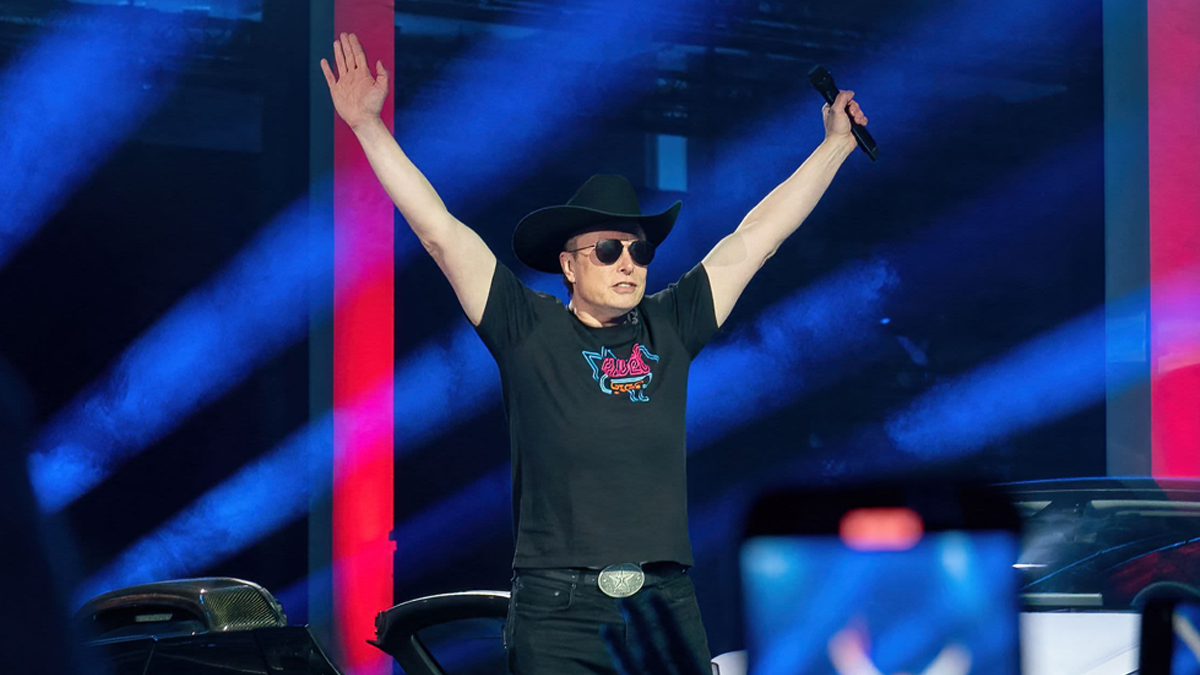
Volvo obviously isn’t the first company to claim that its cars are “hardware-ready” for “unsupervised” autonomous driving. Tesla grabbed headlines back in 2016 that its cars would have all the hardware necessary (eight cameras, one radar, 12 ultrasonic sensors) to fully drive themselves, even though its Autopilot system—while advanced for its time—was far from capable of such a feat.
We’ve learnt since then that the company’s claim was, in typical Elon Musk fashion, complete horseshit. Not only did Tesla subsequently update the hardware multiple times (to be fair, these were CPU changes that could be retrofitted free of charge), but it also charged a whopping USD15,000 (RM70,800) for the Full Self Driving package and took a full four years before it finally released the functionality—and only in beta form at that.
Even then, Tesla’s assertion of complete autonomy was optimistic at best, and it took regulatory pressure to force the company into including language in its manuals and support documents saying that its cars could not, in fact, drive themselves. In a way, Volvo’s latest claim has shades of Tesla to it, but there are a couple of notable differences.
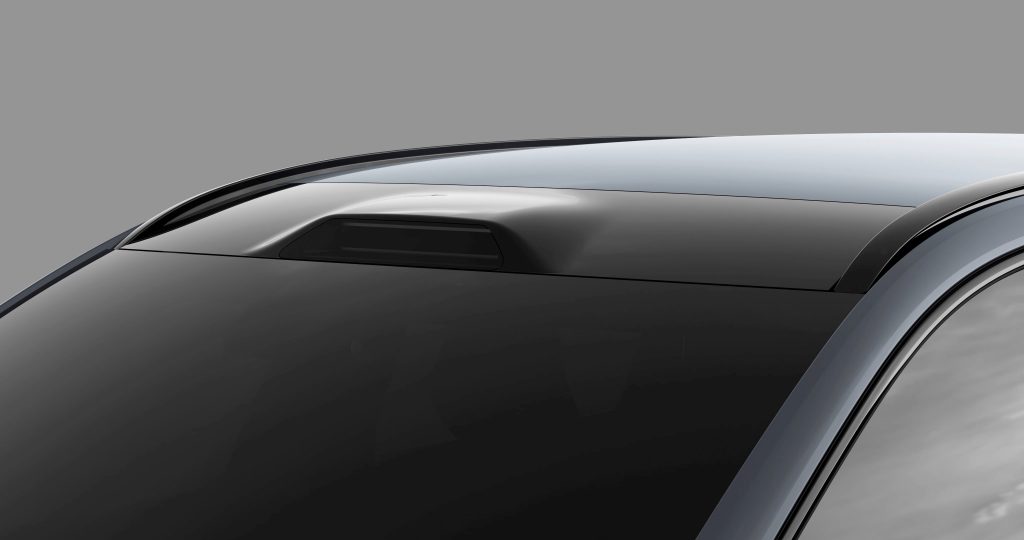
Firstly, Volvo isn’t charging extra for this equipment—everything the company says will enable full autonomy is included as standard. It’s also not releasing a “beta” of its autonomous driving functionality onto unsuspecting owners, as it will only make it available to the public once it has passed its own safety verifications and achieved the necessary regulatory approvals. In other words, it will be the finished product.
Most importantly, Volvo only made the claim after adding a lidar sensor, considered to be essential for autonomous driving. This not only makes the car “see” better (as it can precisely measure the distance to an obstacle and isn’t limited by the available light), but it also adds another layer of redundancy to the cameras, radar sensors and ultrasonic sensors that are already available.
Contrast this with Tesla—Elon Musk has not only called lidar an expensive “fool’s errand”, but the company has even resorted to removing radar sensors on its cars, claiming that its camera-based Tesla Vision system is able to serve the same functionality. That was last year, and since then, there’s been a spate of “phantom braking” incidents, where its cars simply brake for no apparent reason—often because the cameras detected vehicles in the oncoming lane.
Couple this very dangerous behaviour with the more than a dozen accidents involving Autopilot in the US (some of them fatal) and it’s no surprise that the country’s Department of Justice has recently launched an investigation into the carmaker. This will be centred around the company’s dubious marketing claims that hint of complete autonomy—something that stretches all the way back to 2016.
Volvo doesn’t exactly have a spotless history of its own when it comes to autonomous driving. The company made the news in March 2018 when a test unit of the XC90, developed by Uber, struck and killed a pedestrian walking her bicycle across the road in Tempe, Arizona.
This caused the state governor to almost immediately suspend Uber’s self-driving tests, and the company would only resume limited tests (in a different state) in December that year before selling the operation in 2020. It should be noted, however, that the autonomous technology was developed entirely by Uber and the XC90’s own safety systems were disabled for the tests.
In any case, the real fool’s errand would be to try and predict the kind of hardware we will eventually rely on for fully autonomous driving, as Tesla’s increasingly fraught efforts have shown. We all know technology moves fast, and given that self-driving cars are still years away from reality, a lot can change between now and then. Still, we can at least applaud Volvo for fitting the barrage of sensors as standard, helping to move the world closer to autonomy.








